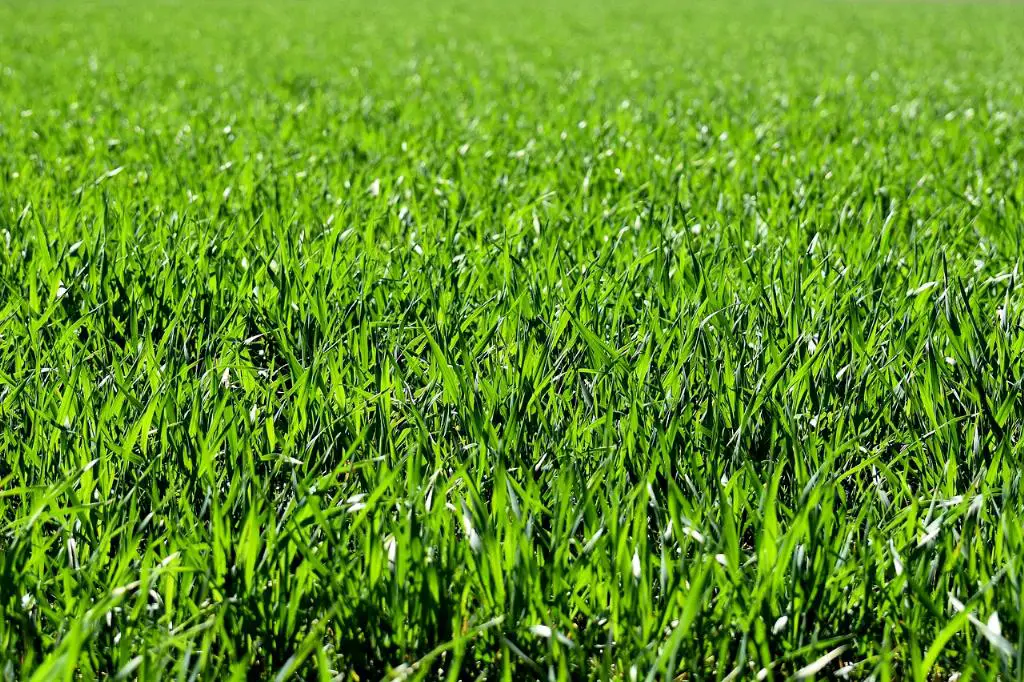When to put lime on the lawn is a common question among gardeners and homeowners looking to achieve a lush, vibrant lawn. Fall and spring are generally considered the best seasons to apply lime to your lawn for optimal results. However, fall has the added advantage of natural elements like rain, snow, and freezing and thawing cycles that help break down the lime and allow it to start working effectively.
Importance of Timing
The timing of applying lime to your lawn is crucial to ensure that it has enough time to break down and work its magic. Applying lime in the fall allows it to start working before the winter months when your lawn goes dormant. This sets the foundation for a healthy lawn when spring comes around.
Benefits of Applying Lime
Lime plays a crucial role in maintaining the pH balance of your soil, which is essential for the overall health of your lawn. By neutralizing acidic soil, lime improves nutrient uptake, promotes better root growth, and helps grass thrive. Additionally, lime can help prevent the buildup of moss and weeds, giving your lawn a clean and lush appearance.
Signs Your Lawn Needs Lime
If you’re unsure whether your lawn needs lime, there are a few signs to look out for. Yellowing grass, moss growth, and soil that feels hard and compacted are all indicators that your lawn may benefit from a lime application. Conducting a soil test can also provide valuable insight into the pH levels of your soil and help determine if lime is needed.
How to Apply Lime
When applying lime to your lawn, it’s essential to follow the proper steps to ensure even distribution and optimal results. Begin by testing your soil’s pH levels to determine the amount of lime needed. Use a spreader to apply the lime evenly across your lawn, ensuring that you cover the entire area. Water your lawn thoroughly after applying lime to help it penetrate the soil and start working.
Choosing the Right Type of Lime
There are different types of lime available, including fast-acting lime and pelletized lime. Fast-acting lime is ideal for quickly adjusting pH levels, while pelletized lime is easier to spread and less dusty. Consider the specific needs of your lawn and soil when choosing the right type of lime for your application.
Factors to Consider
When deciding when to put lime on your lawn, consider factors such as weather conditions, soil moisture, and the current state of your lawn. Avoid applying lime during periods of extreme heat or drought, as this can reduce its effectiveness. Additionally, applying lime to overly wet soil can result in it washing away before it has a chance to work.
Frequency of Applications
While fall and spring are the best times to apply lime to your lawn, the frequency of applications can vary depending on your soil’s pH levels and the specific needs of your lawn. Conducting regular soil tests can help determine when it’s time to reapply lime to maintain optimal pH levels and promote a healthy lawn.
Benefits of a Balanced pH
Maintaining a balanced pH in your soil through regular lime applications offers numerous benefits for your lawn. From improved nutrient uptake and root growth to enhanced grass health and appearance, lime plays a vital role in creating an ideal growing environment for your lawn. By prioritizing proper soil care, you can enjoy a beautiful and thriving lawn year-round.
Incorporating Lime Into Your Lawn Care Routine
Integrating lime applications into your regular lawn care routine can help ensure that your grass stays healthy and vibrant throughout the year. By scheduling lime applications in the fall and spring and monitoring your soil’s pH levels, you can proactively address any imbalances and maintain a lush lawn that you can be proud of.
Consulting with Experts
If you’re unsure about when to put lime on your lawn or how to properly apply it, don’t hesitate to consult with gardening experts or professionals. They can provide valuable insights and guidance tailored to your specific lawn care needs, helping you achieve the best results and a lawn that thrives in every season.
Conclusion
In conclusion, determining when to put lime on your lawn is crucial for maintaining optimal soil pH levels and promoting a healthy, vibrant lawn. By considering the best times to apply lime, the signs that your lawn may need it, and the proper application methods, you can ensure that your lawn receives the nutrients it needs to thrive. Incorporating lime applications into your regular lawn care routine and seeking advice from experts can further enhance the health and appearance of your lawn, creating a lush outdoor oasis for you to enjoy.

